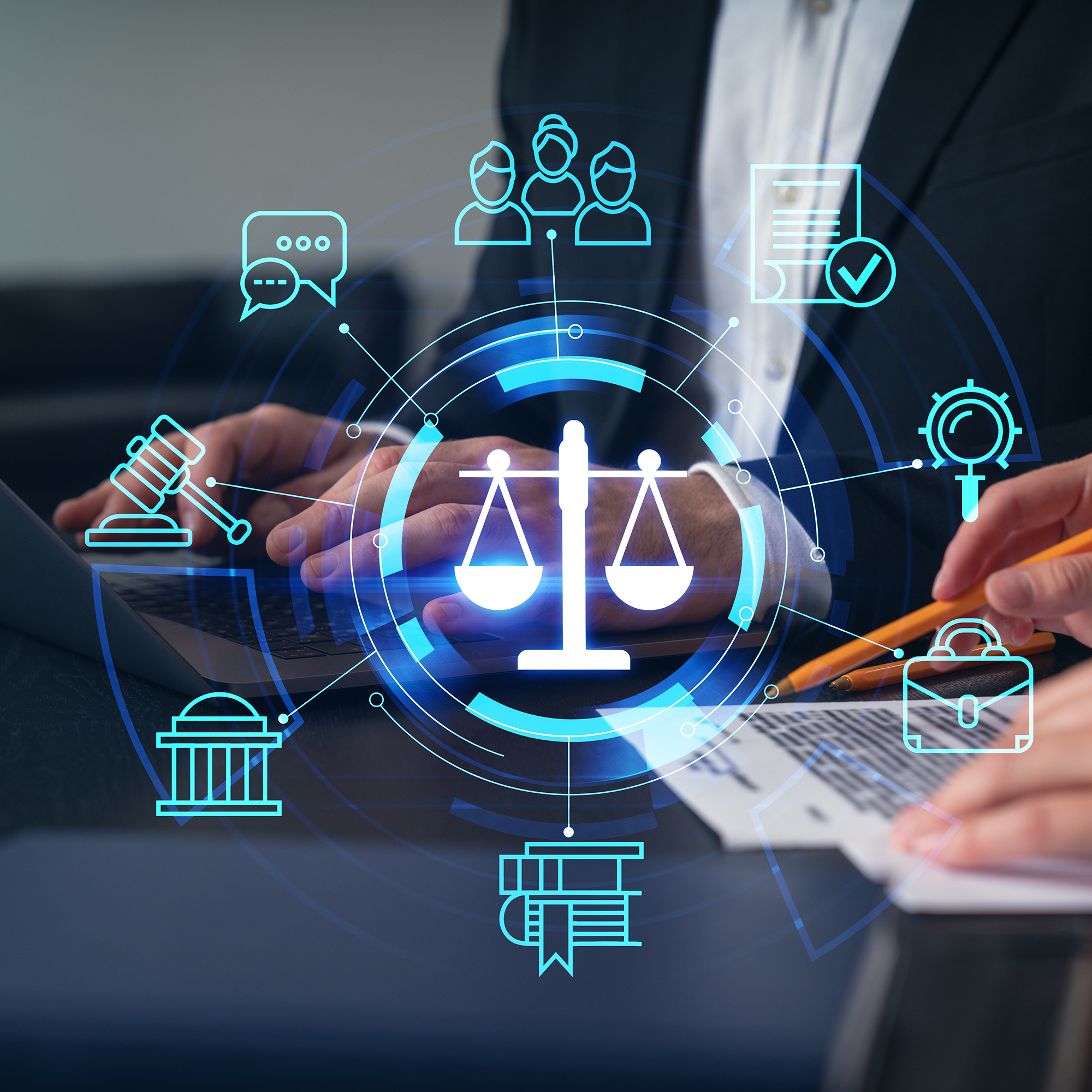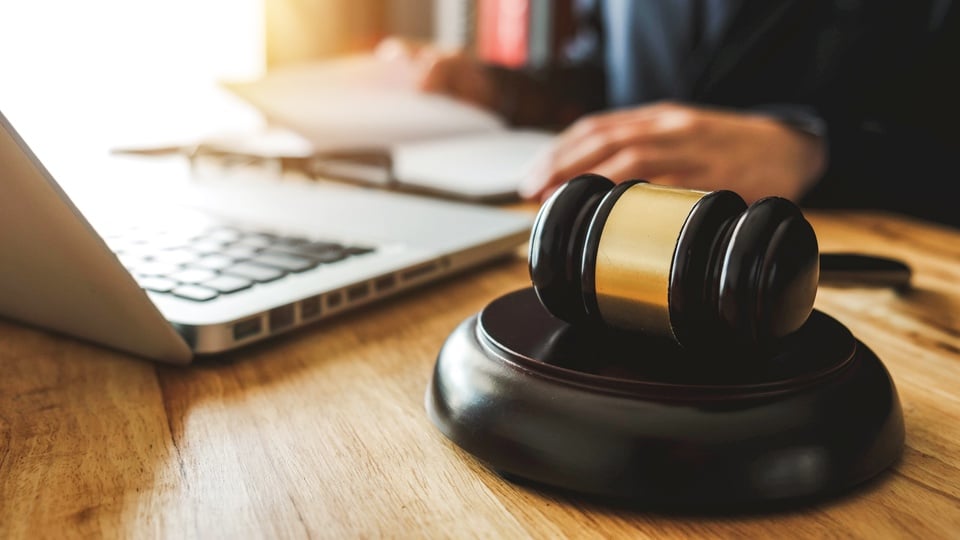In the demanding world of criminal justice practitioners, subpoenas are essential components of the court process. However, managing their delivery and receipt often becomes a painstaking task for judicial and public safety professionals. Outdated paper delivery processes, communications gaps, and unknown schedulings conflicts can waste time and result in unnecessary errors, docket backlogs, and increased costs.
Recognizing the Challenges
Before agencies can improve their subpoena process, they must clearly identify the challenges that are preventing them from running smoothly. Below are three main obstacles that hinder public safety subpoena delivery and receipt.
Labor-Intensive Paper Process
The traditional, paper-based process of issuing and receiving subpoenas has become less efficient in today's digital era. Not only does it consume valuable time, but it also increases the likelihood of errors and delays. Such a system piles on additional administrative burdens that court administrators and officers alike simply don't need.
Ineffective Communication
Standard email notifications, which are still widely used to deliver law enforcement subpoenas, often lack the efficiencies of centralized case tracking or receipt acknowledgments. The resulting uncertainty about whether law enforcement subpoenas are being received and confirmed in a timely manner, can lead to potential delays in court proceedings and unnecessary overtime cost.
Officer Conflicts
Paper delivery or email processes have a significant lack of information regarding officers' scheduling conflicts. Without an accessible overview of an officer's schedule, there's a high risk of scheduling cases on dates when officers aren’t available. The domino effect is disruptive -- producing the need for rescheduling that delays court proceedings and adds strain on all parties .
Overcoming Challenges with Practical Digital Solutions
The good news is that these challenges are not insurmountable. By embracing the digital revolution, judicial and public safety professionals nationwide are overcoming these hurdles. The key lies in automation and centralization, made possible through subpoena management software. By automating a variety of court notification tasks and centralizing data for all criminal justice practitioners, this type of digital solution significantly reduce the errors and delays commonly associated with the manual subpoena process.
Centralized Tracking & Acknowledgment
Implementing a centralized tracking system provides enhanced transparency and accountability in the subpoena delivery and receipt process. This type of system ensures that officers receive court notifications promptly and securely. Digital platforms with officer acknowledgment capabilities closes communications gaps between court administrators and law enforcement witnesses -- fostering a smoother, more reliable court operation.
Proactive Conflict Management
Adopting a proactive stance toward conflict management represents another critical step in streamlining the law enforcement subpoena process. This involves enabling officers to not only provide their availability and potential conflicts well in advance, but also request a continuous so the cases can be rescheduled directly with court administrators. With this information at their fingertips, judicial and public safety professionals can schedule cases more efficiently, drastically reducing the need for rescheduling, which is disruptive for all parties.
A Streamlined Subpoena Processes
The benefits of streamlining the subpoena delivery and receipt process extend far beyond mere convenience. When officers’ administrative burden is reduced, they can focus more on their core responsibilities – protecting and serving their communities. Digital subpoena solutions interfaced with existing case management systems also enables accurate data tracking that supports compliance with court rules and regulations. This results in fewer errors and a more reliable process.
Perhaps one of the most compelling benefits of digitizing subpoena delivery and receipt is the cost savings and increased efficiency of a streamlined process. By minimizing the costs associated with rescheduling, overtime, and the need for additional staff, agencies can better allocate financial resources. The resulting efficiency doesn't just benefit the judicial system; it benefits society as a whole.
Streamlining the process of subpoena delivery and receipt is not just desirable; it's necessary for the evolution of judicial and public safety practices. By identifying the challenges in current systems, adopting best practices, and leveraging the power of technology, criminal justice practitioners can make this process more efficient, ensure timely and accurate court proceedings, and lighten the administrative load on professionals. With the right tools and a forward-thinking mindset, judicial and public safety officials alike can navigate the complexities of subpoena management with greater confidence and ease.
For more insights into how you can use technology to transform your public safety services, explore Orion’s library of free resources.
.png?width=540&height=310&name=Untitled%20design%20(55).png)

